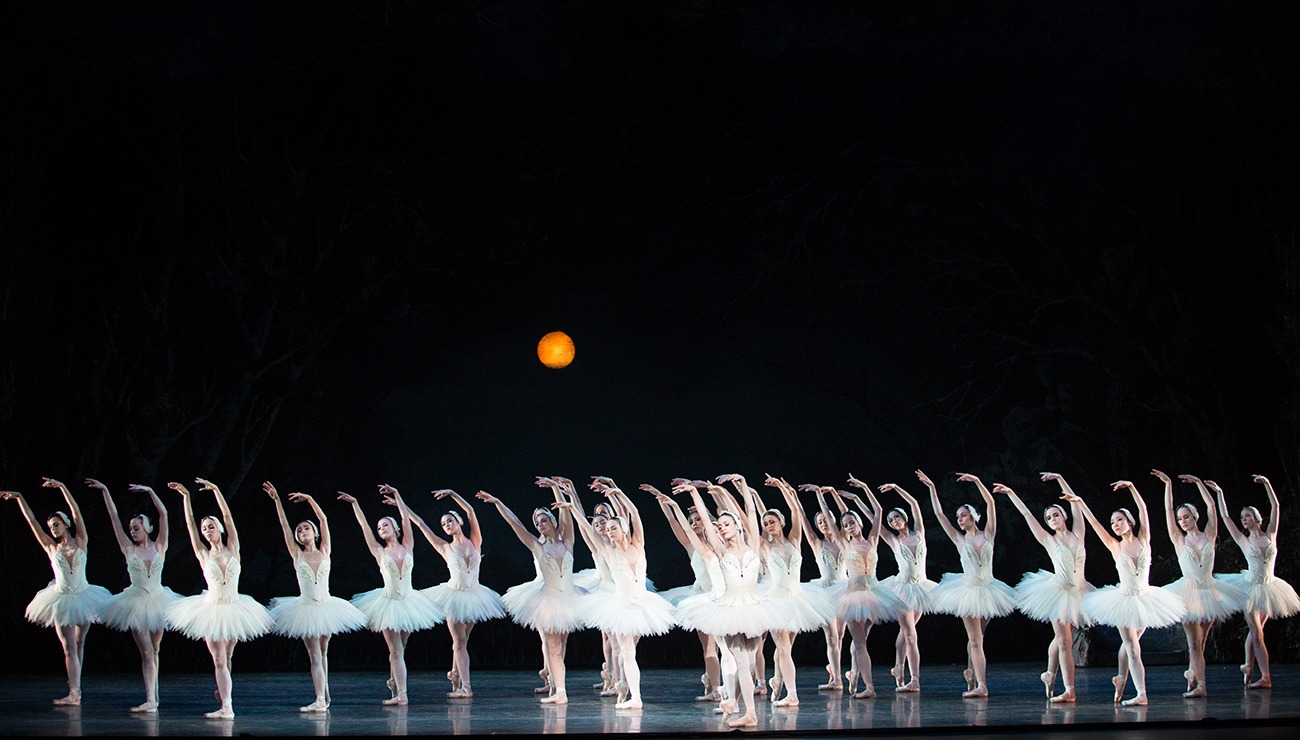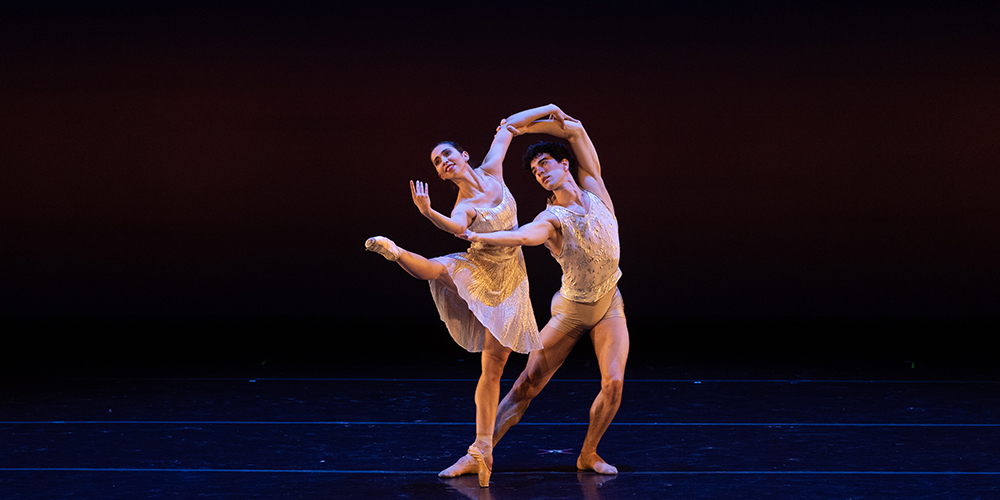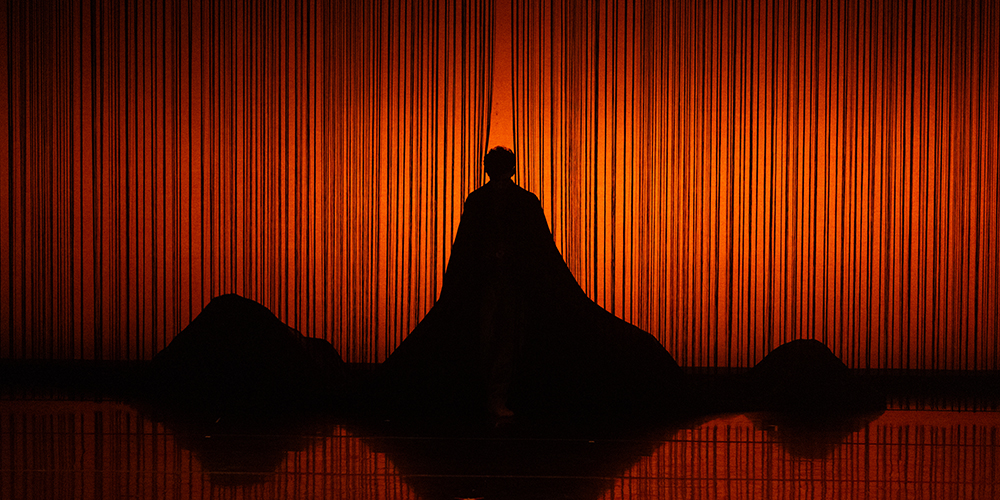 The art of ballet has spanned centuries and while we live in a fast-changing cultural landscape, the continued performance of classical masterpieces is vital for preserving its rich heritage. Works like Swan Lake, The Sleeping Beauty, and Giselle have captivated audiences worldwide and represent the pinnacle of classical technique, artistry, and storytelling.
The art of ballet has spanned centuries and while we live in a fast-changing cultural landscape, the continued performance of classical masterpieces is vital for preserving its rich heritage. Works like Swan Lake, The Sleeping Beauty, and Giselle have captivated audiences worldwide and represent the pinnacle of classical technique, artistry, and storytelling.
When Swan Lake premiered in 1877, it was initially deemed an artistic failure, but it changed the landscape of ballet forever. Not only was this Pyotr Ilyich Tchaikovsky’s first ballet composition, the score was the first of its kind. Tchaikovsky created an intricate symphonic story that ushered in a new era where music became integral to the unfolding of the dramatic narrative.
By maintaining classic works in their repertoire, companies ensure that new generations of dancers and viewers experience the beauty, complexity, and historical significance of these timeless productions. Moreover, storybook ballets serve as an entry point for many people into the world of dance. Their narratives, often drawn from fairy tales, myths, and legends, resonate with universal themes of love, sacrifice, transformation, and triumph.
“Swan Lake is one of the greatest ballets ever,” says Rehearsal Director, Maria Simonetti. “It has survived over 147 years and is still beloved… that means something. Putting Swan Lake on the stage is incredibly challenging but it is so gratifying and being a part of keeping these traditions alive is an honor.”
For dancers, performing these classics are coveted and unforgettable experiences, but it is so much more than that. These ballets represent the foundation of the art form and are critical in a dancer’s development, enabling them to better understand the technical precision, emotional depth, and artistic expression demanded by the genre.
Another important aspect of classical ballets is their role in sustaining companies financially and culturally. These productions contribute to a company’s identity and prestige while their popularity makes them staples of the season, providing financial stability through ticket sales. However, there are a number of challenges companies face due to the high costs of production. From sets and costumes, to the unparalleled experience of live music, classical ballets are expensive to stage and require ongoing investment.
A key part of Ballet Arizona’s identity is our dedication to preserving the traditions of classical ballet. Swan Lake, especially, holds a special place in our company’s history as the first full-length ballet we performed. While we seek to expand our repertoire, this balance between tradition and innovation is imperative and we are grateful for your support which keeps our art form alive and thriving.







